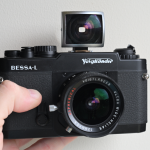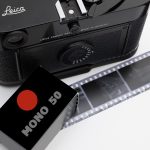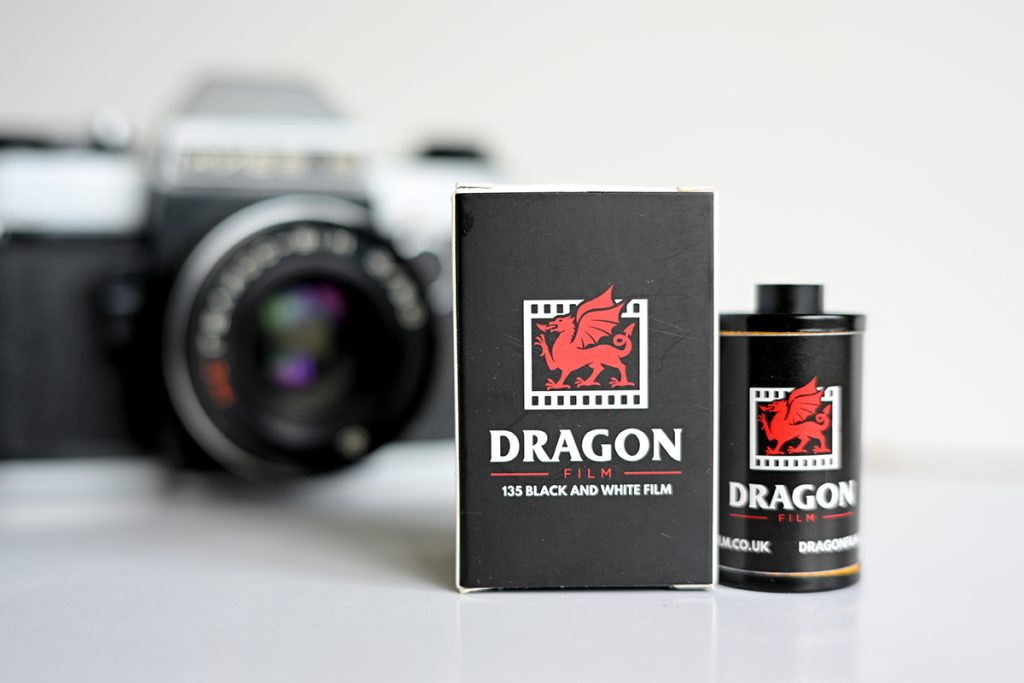
New Arrival?
The arrival of yet another rebranded film can elicit drastically different reactions. On one side, there’s a weariness, a longing for the familiar era of 1980s film photography, making the thought of further changes unwelcome. On the other, a sense of opportunity arises, with the question “What other films are out there to try?” finally finding a potential answer.
Svema NK2-SH. This was a film I’d never encountered before. It took the initiative of two dedicated individuals, venturing into the realm of obscure films and giving them a visual makeover (complete with, perhaps, a dragon or two if that’s your thing), for it to even come to my attention.
So here is a “Newly Packaged” film on the market. Dragon No1 Film. They call it their No.1 Film because they have a few more different films available. I guess thats a good way of branding your films without wasting too much time thinking of a funky name for them. And they make it no secret that it is rebranded.
This film is FRESH stock. Fresh Svema NK2-SH. A film that is already rebranded by a couple of companies and Dragon approached me and sent me a roll of their No.1 film to try out. And I liked it that much I decided to show the SFLaB YouTube Subscribers recently in a video.
Svema NK2-SH was originally a motion picture emulsion. But these days the same emulsion has been placed on photographic film so don’t expect to see the traditional motion picture sprocket holes.
To be honest, Svema NK2-SH was a film I’d never heard of, and I’m quite certain it would have remained that way had it not been for the team at Dragon. My conversations with them over the past year regarding darkroom printing have built a level of trust that made me willing to give this unfamiliar film a shot. And if you’re wondering what the letters and numbers relate to, well, Svema is a manufacturing plant in Ukraine. And I had an interesting comment on the video regarding.
Svema NK-2SH (Свема НК-2Ш). NK-2 was produced by Tasma [Та́сма (rus. ТАтарские Светочувствительные МАтериалы and tat. тасма́ — ribbon)], while NK-2SH – Shostkinsk chemical plant (Шосткинский химический комбинат), this is the main Svema factory located in Shostka, Ukraine. NK stands for “negative kinofilm”. “2” is sensitivity (there were 4, while №2 was most popular 90 ISO). To confuse you more, there was also KN-2 (КН-2 – кинонегатив, rus. kinonegativ, i.e. film negative but the ISO of this one was 32).
And it is confusing too when you read the films and cameras from that side of the world. So thanks for that @Sedokun on YouTube.
What’s it like?
I only had one roll to experiment with. And when you have one roll you don’t want to mess things up. I’m not talking about the shoot. Moreover I’m talking about the development. I used some of the film sparingly to make a few development tests before I spent time shooting photographs. I used ID-11 at 1 part to 1 part on my rotary processor and I ended up with a time of 8.5 Minutes at 20°. I only tested for the leader density. You can see the tests I did on the video.
For my first roll of Svema NK2-SH, I opted for a portrait study to evaluate its skin tone reproduction. My niece kindly agreed to model in the sunny back garden, providing the perfect opportunity to shoot in both direct light and diffused shade (where a scrim played a vital role in softening potential under-eye, cheekbone, and neck shadows). Once I had a few portraits in the bag, I carefully removed the film from the camera and moved on to the development stage.

This was in shade and I must admit I was stunned at the tonality, contrast and very very fine grain! I didn’t shoot the film at box speed. For some reason I decided to shoot it at 50ISO and overexpose. The negatives did look a bit heavy with the extra exposure but as you can see easily manageable. I scanned these into photoshop and adjusted the contrast levels. Exactly the same what I would do in the darkroom with contrast filters, this being a contrast 5.

And this was in sunlight using a scrim (diffuser).
The fine grain makes this film perfect for smooth looking portraits. Which got me thinking of other uses. Street, Scapes, Still Life.
So with the rest of the film I went for a walk down the farm. I like the farm for testing new films and gear. There is so much there to study and it’s only a short walk from my home.
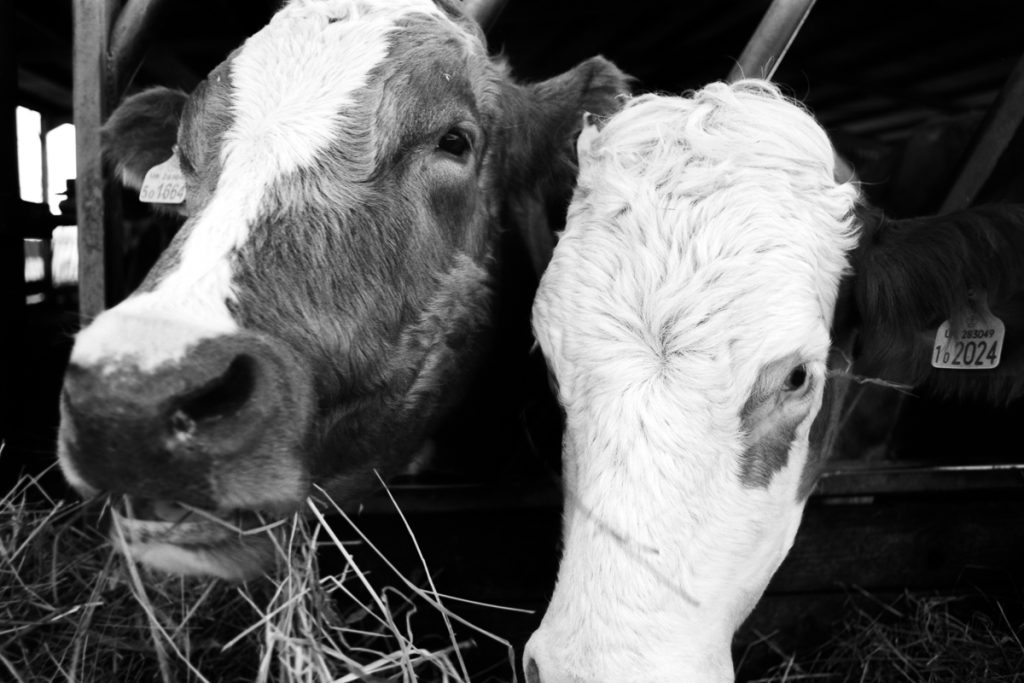
What immediately struck me about this film is its contrast, which I find very pleasing. I’ve never been drawn to the “how many tones can we capture?” approach to photography. Give me deep, rich blacks and clean, bright whites – like in this image – and I’m happy. This first roll of Svema NK2-SH definitely offers that kind of contrast.
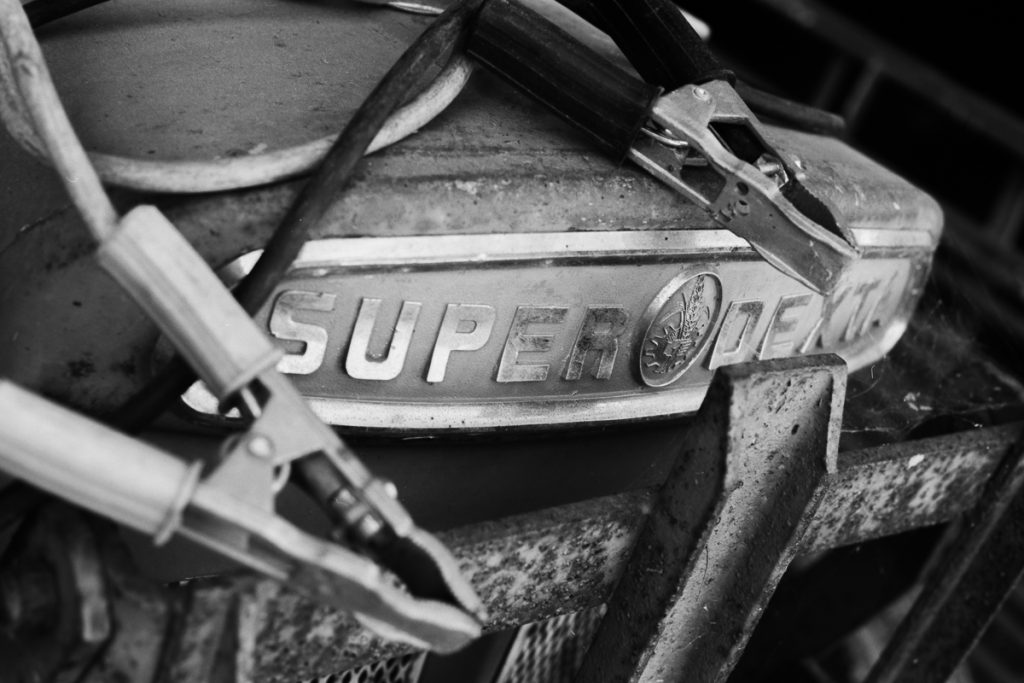
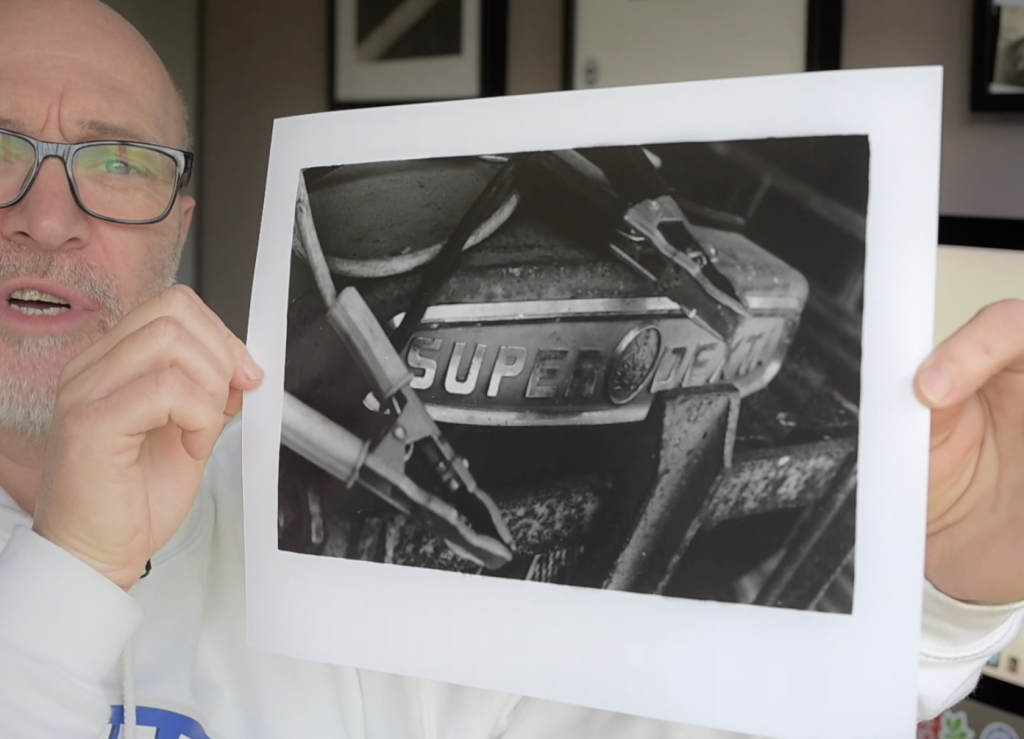
For me I need to see how a film looks on paper as I am often in the darkroom making prints. And it didn’t disappoint either. I had to split grade this print to tame the highlights a bit.
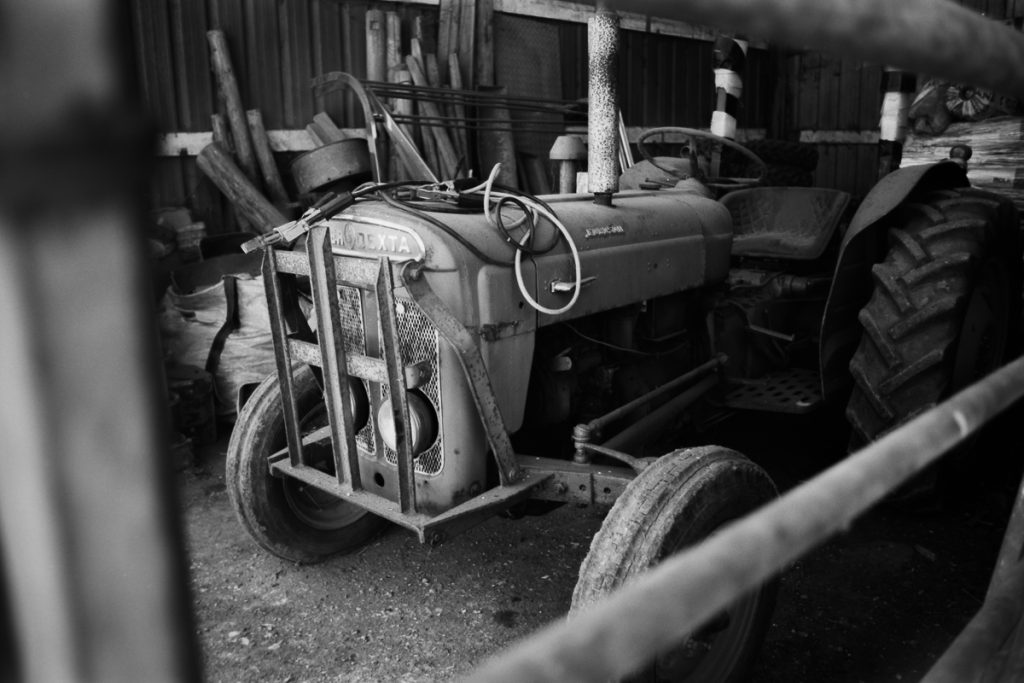
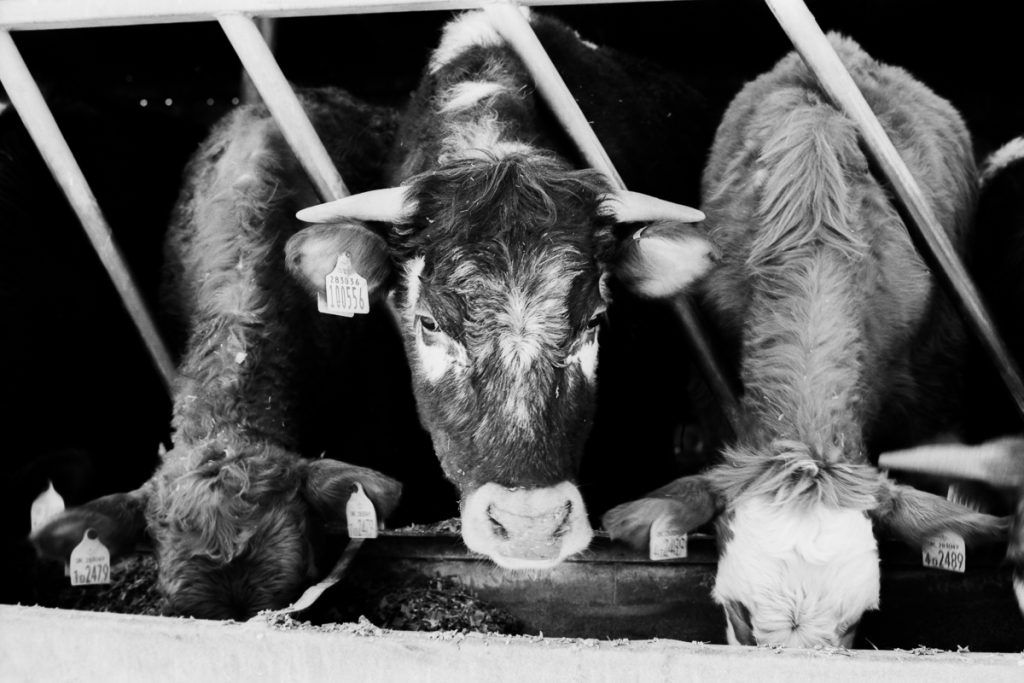
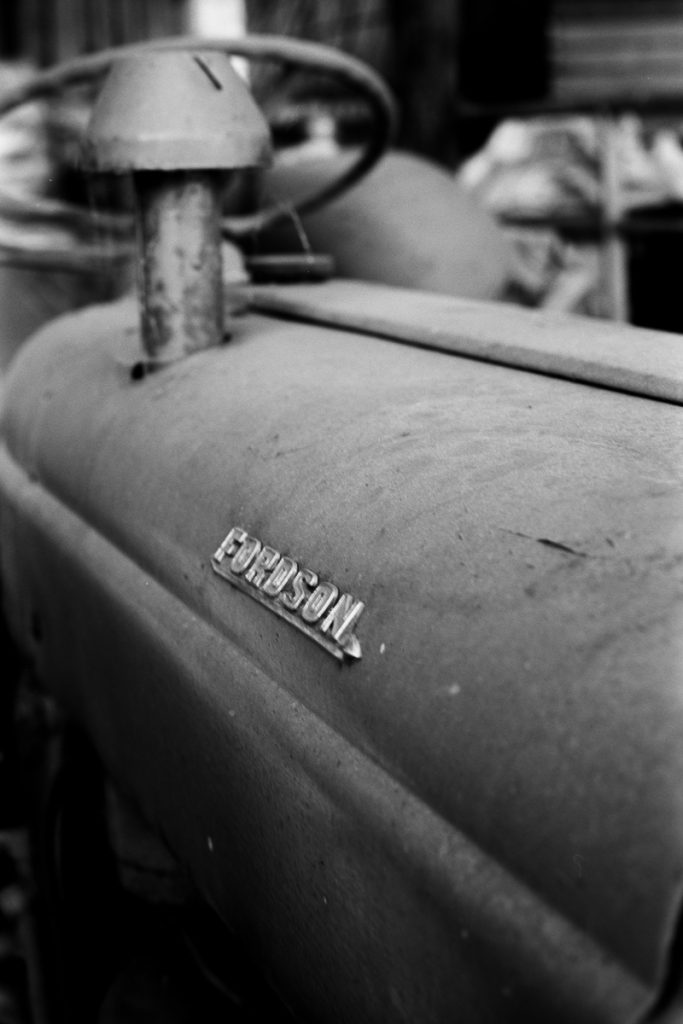
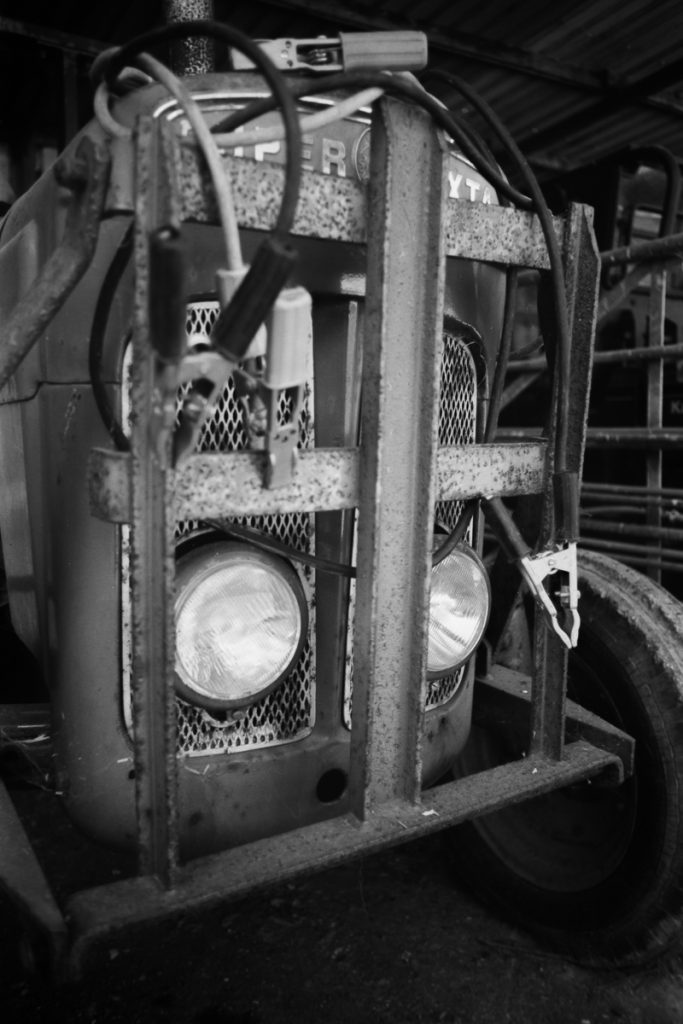
Where can you buy this film?
While Dragon is my point of introduction to Svema NK2-SH, a quick search online will show that they aren’t the only ones making it available. You’ll find a few different suppliers, often with varying price points. As for rebranding films, the work that Dragon and others like them put in deserves recognition. They’re not just reselling film. They’re going through the considerable effort of finding these unique emulsions, putting them through testing, creating appealing packaging, and then carefully hand-spooling them onto reusable cassettes. It’s a significant undertaking, and in my case, it was Dragon’s efforts that brought this film to my attention.
The downside.
This journey with Svema NK2-SH has a familiar echo of my past love affair with ORWO UN54. I fell hard for that film, buying those big 100ft rolls and feeling like I’d truly mastered the entire process from shooting to printing. But as so often happens, availability dwindled. And that’s the inherent risk with these rediscovered films. You might stumble upon a gem, a film that truly resonates with your style, only to face the possibility of it disappearing down the line. When ORWO UN54 became harder to source, I inevitably returned to my steadfast companion, Ilford FP4.
Information
- DragonFilm NO. I is a highly distinctive, fine-grained ISO 100 Black and White cinematic film producing a strong and distinctive image, manufactured in Ukraine
- As the film base is quite thin, slightly more care is needed to load the film. As the film is very sensitive and prone to light piping, so loading and changing the film should always be done in a subdued light.
- Please note that this film is not suitable for automatic camera’s and does not have a DX code on the film canister.
- The film has a PET base, and although quite thin, tends to dry flatter than many other films meaning scanning these negatives at home is a breeze!
- The film can be pulled to ISO 25 through to pushing it to ISO 320 with great results.
- 135/35mm Format
- Black and White
- ISO 100 Recommended, ISO 25 to ISO 320
- 24 Exposures
- Fine Grain
- PET Base





